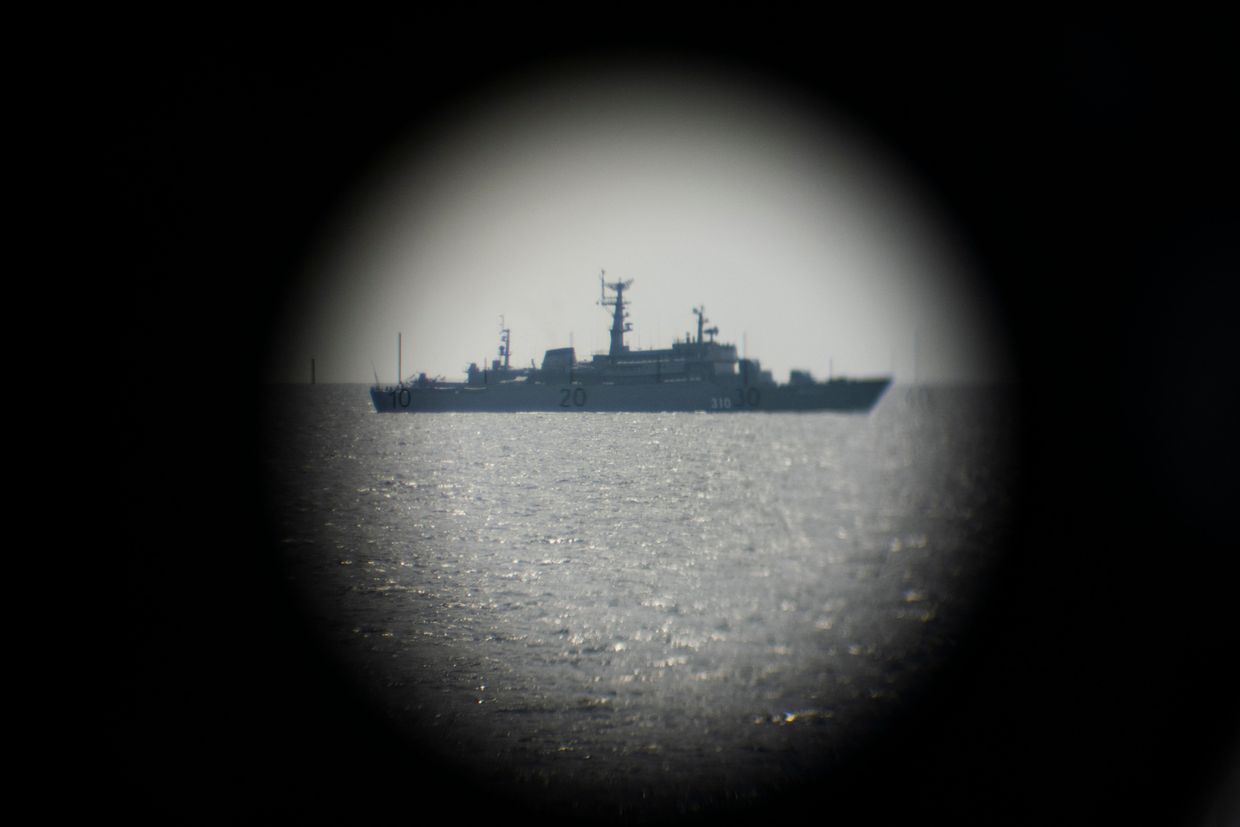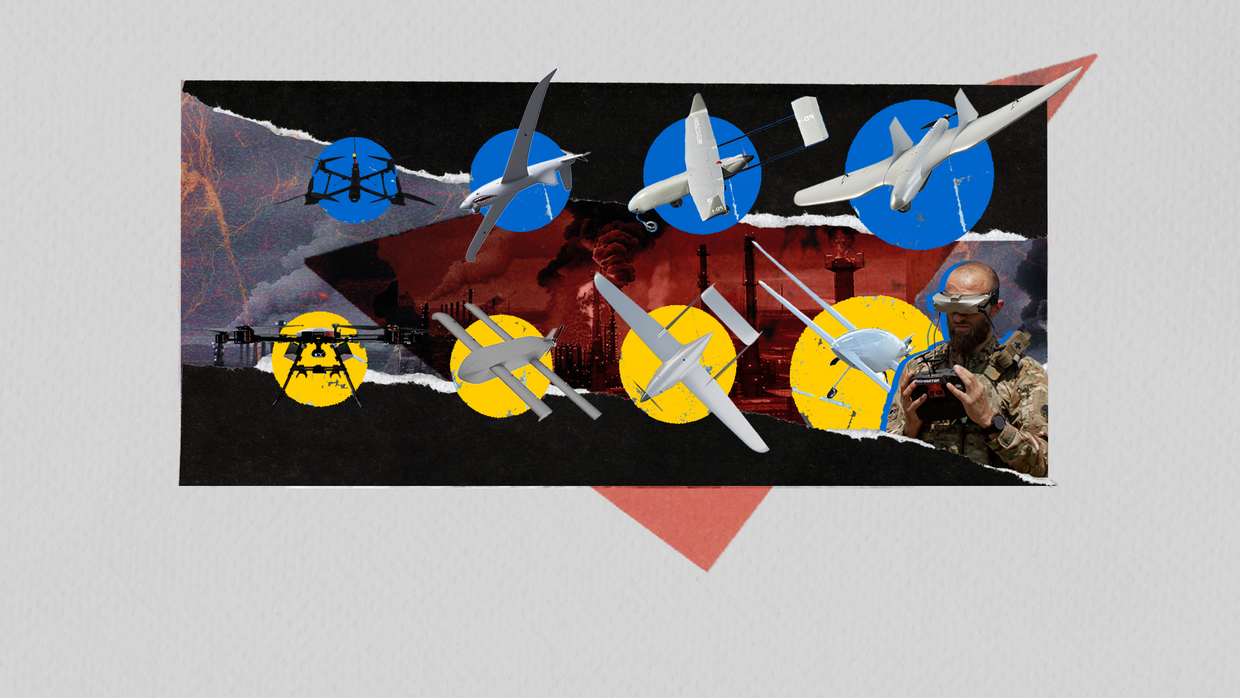The Russian munitions carrier Maia-1 passed the Suez Canal into the Mediterranean Sea as it is likely heading for the Russian port of Ust-Luga in the Baltic Sea, the Open Source Center (OSC) research group said on Feb. 19.
This would mark the first time that the Russian-flagged vessel, sanctioned by the U.S. and the EU, entered European waters, the Financial Times noted.
Maia-1, owned by the sanctioned MG-Flot company, has reportedly made at least nine voyages to North Korea in the past five months.
North Korea has become Moscow's leading supporter in its war against Ukraine, providing artillery, shells, ballistic missiles, and over up to 12,000 soldiers for deployment in Russia's Kursk Oblast.
The MarineTraffic monitoring channel shows Maia-1 north of Egypt's Mediterranean coast and well past the Suez Canal as of Feb. 20, heading west. The content of Maia-1's cargo remains unclear.
Joe Byrne, a senior OSC analyst, told the Financial Times that Maia-1's trip is meant to "test" the Western resolve in enforcing sanctions.
Ust-Luga, Maia-1's declared destination, lies in Russia's northeastern Leningrad Oblast, only some 25 kilometers (15 miles) from the border with NATO member Estonia. The city's port has reportedly served as a key hub for Russia's "shadow fleet" tankers used to avoid sanctions.
Russia has also been building a new liquified natural gas (LNG) terminal at the Baltic port, though Western sanctions have hampered the process.
A Ukrainian drone strike against the Ust-Luga port was reported in January, while an oil tanker exploded at the port under unclear circumstances the following month.
Explosions reported on Russian shadow fleet oil tanker in Italy
Two explosions took place on the oil tanker Seajewel, moored in the Italian city of Savona on Feb. 18, with the vessel allegedly transporting Russian oil to Europe, Italian publication IVG reported.


.png)
 German (DE)
German (DE)  English (US)
English (US)  Spanish (ES)
Spanish (ES)  French (FR)
French (FR)  Hindi (IN)
Hindi (IN)  Italian (IT)
Italian (IT)  Russian (RU)
Russian (RU)  3 days ago
5
3 days ago
5








Comments